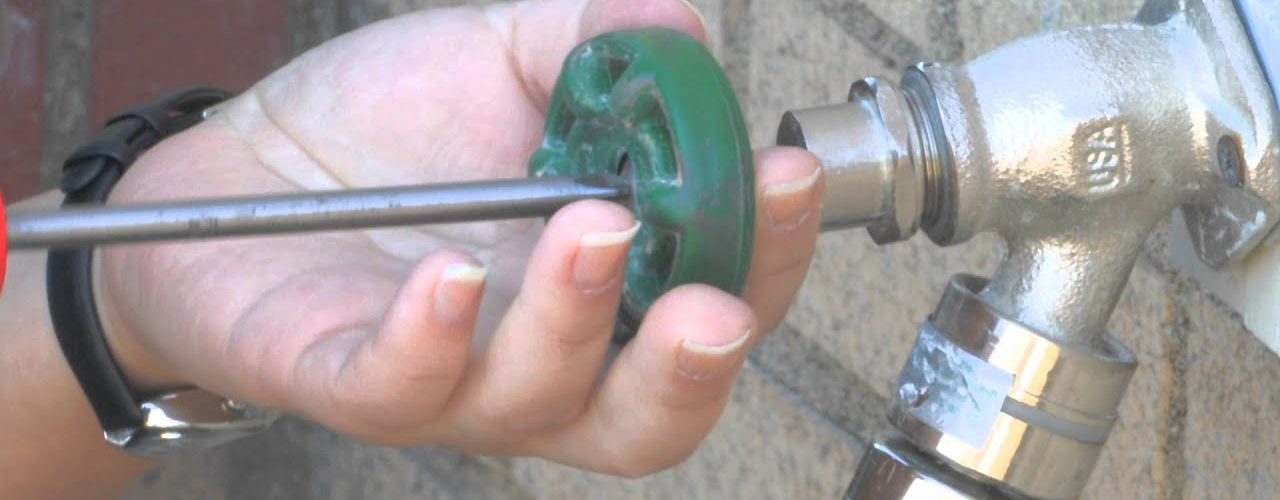Leaking faucets are a common problem that all homeowners will experience sooner or later. This is a reality because anything with moving parts will need to be maintained, adjusted, repaired or replaced sooner or later. Luckily, fixing a leaky faucet is a fairly easy task to accomplish. Though similar in design, not all faucets are the same. A repair guide covers the basics but you will have to study your own faucets to figure out what you need to do. The nice thing about faucet repair is that all of them are designed to be taken apart for maintenance. Even if you cannot figure how what is causing the leak, you will at least be able to take apart the faucet and try. The majority of leaky faucets can be fixed simply by replacing the washer. Understanding the basics of faucet repair can save you a lot of money. A typical plumber makes between $20-35 dollars an hour and charges a visitation fee that can range anywhere from $40 dollars to whatever your local market will bear.
To start, you will need a Phillips head screwdriver, a flathead screwdriver and pliers. Feel the drips of water that are leaking to determine if the cold water tap or the hot water tap is leaking. The number one rule in any plumbing repair is you must turn off the water. Look beneath your sink for two pipes that snake upwards and attach to your faucet. Along these pipes there will be two handles. Depending upon which faucet handle you are repairing, turn it clockwise until it shuts off. To keep things simple, just remember ‘righty tighty’ shuts off the water and ‘lefty loosey’opens the valve. Now put a stopper or cloth in the sink drain hole. This will catch any errant screws you drop during repairs. Now it is time to take the handle off. Most tap handles have a decorative cap that covers the screw. Place a towel or some duct tape over your flathead screwdriver to prevent any damage to the handle and gently pry it off. Other handles you can simply unscrew. If it is on there tight, use the pliers wrapped in tape or cloth to unscrew it. Once you have the handle off, look inside for the washer. Remove it and take it to your local hardware store to buy the correctly sized replacement. If there is no washer, it is time to add one. You want to get one that is just slightly larger than the post that turns the handle. Now put the handle back and screw it on. You want to tighten the handle up to the point where you are not exerting yourself. This is called ‘hand tight’ and is necessary so you do not strip the faucet housing. Turn the water back on and inspect your work. If it still leaks, try tightening the screw a bit.
Knowing how to do basic plumbing repairs can save you a lot of money. There are, however, times in life when you will need to call for a professional plumber. While a good plumber is expensive, the cost evens out if your problem is resolved and you do not do cause any further damage by getting in over your head. Some of us can feel overwhelmed with time constraints or confusion when attempting plumbing repairs. If you are stressed out or worried, do not feel bad about calling for help. Also, if you repair all the leaky faucets in your home and you still notice that your water bill is too high…it is definitely time to call a plumber. While repairing a leaky faucet is an easy enough, locating and repairing a leaking pipe that is buried underground is not. One of the best things to always remember when attempting to fix anything in your house is that you are capable and you can probably do it if you have enough time. But if you do not have the time or patience, then you should know your limits before you take anything apart. The last thing you want to do is create more problems because that will just cost you more in the long run.



